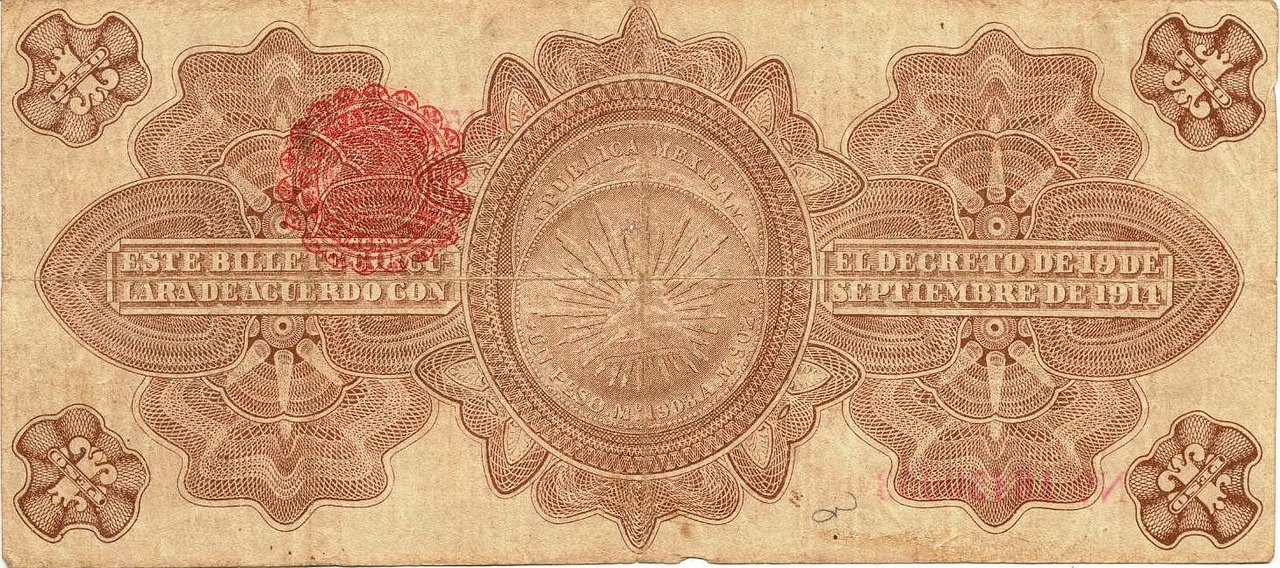“NFTs and Finance: Exploring the Mushrooming Trend of Non-Fu
May 8, 2025 | by Sophia Vance

NFTs and Finance: Exploring the Mushrooming Trend of Non-Fungible Tokens in the Digital Economy
As the world of digital finance continues to evolve at a rapid pace, there’s one development that’s been making headlines more than most: Non-Fungible Tokens, or NFTs. A concept that was virtually unheard of a few years ago has now become a major part of the conversation around digital assets, with artists, celebrities and investors alike jumping on the bandwagon. But what exactly are NFTs, and what do they mean for the future of finance?
NFTs are a type of digital asset that represent ownership of a unique item or piece of content, from digital art and music to virtual real estate and beyond. Unlike cryptocurrencies like Bitcoin, which are fungible and can be exchanged on a like-for-like basis, NFTs are unique and cannot be exchanged on a like-for-like basis. This uniqueness and scarcity are what give NFTs their value, with some selling for millions of dollars.
The rise of NFTs has been fueled by a number of factors. Firstly, the wider adoption of blockchain technology has made it possible to create and trade digital assets in a secure and transparent way. Secondly, the COVID-19 pandemic has accelerated the shift towards a digital economy, with more people spending time online and seeking new ways to invest and make money.
But perhaps the most interesting aspect of NFTs is the potential they offer for a new kind of digital economy. With NFTs, artists and content creators can monetize their work in ways that were not possible before. They can sell their work directly to their audience, without the need for middlemen. And because NFTs are built on blockchain, they can also offer a level of transparency and security that is lacking in traditional digital markets.
For investors, NFTs offer a new way to diversify their portfolios. While they are riskier than traditional investments, they also offer potentially higher returns. But perhaps the most promising aspect of NFTs for investors is the potential for fractional ownership. This means that instead of buying an entire NFT, investors can buy a fraction of it, similar to buying shares in a company. This opens up the market to a much wider audience and could lead to greater liquidity in the NFT market.
However, it’s important to note that the NFT market is still in its early stages, and there are many risks and uncertainties. The market is highly volatile, and the value of NFTs can fluctuate wildly. There are also concerns about copyright infringement and fraud, as well as the environmental impact of blockchain technology.
In conclusion, NFTs represent an exciting and innovative new frontier in the world of digital finance. They offer a new way for artists and content creators to monetize their work, and they present new opportunities for investors. But as with any new technology, they also come with risks and challenges. As the NFT market continues to evolve, it will be important to navigate these challenges with care and to approach NFTs with a healthy dose of skepticism and due diligence.
One thing is certain: NFTs are here to stay, and they are set to play a major role in the future of the digital economy. So whether you’re an artist, an investor, or just a curious observer, it’s worth taking the time to understand this mushrooming trend.

RELATED POSTS
View all



